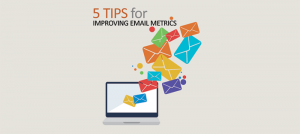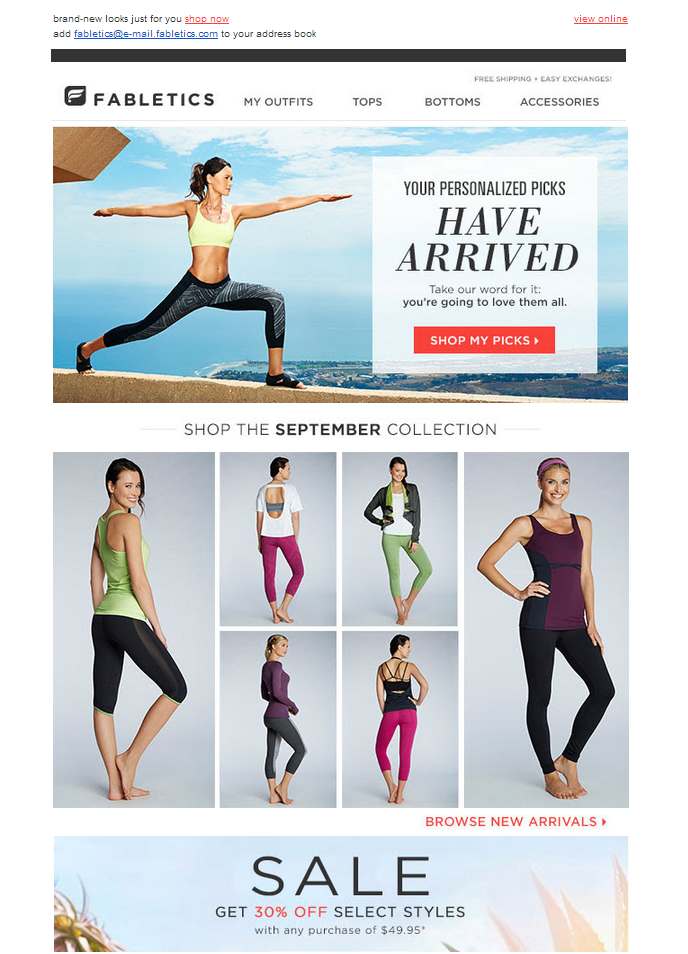Today we have a special guest post from Brandon Harig, the winner of our My Marketing Hero Twitter contest. Brandon is a digital marketer with a background in social media processes and policies, having worked with top automotive brands in the country as part of start-ups and agencies. More of his work and thoughts can be found at SociallyEffective.com.
Flying to the Digital Dallas Summit from Michigan, any conversation would eventually rotate as to ‘why did you come so far for this?’ Beyond the fact DDS 2014 aligned well from a “doesn’t interrupt my work too badly” timeline, Dallas Digital Summit was also a quality fit because of the lineup of great speakers. From a distance, leading into the conference, the speakers chosen covered a wide spectrum of areas in which digital marketers struggle or look to learn more. Fortunately, for attendees, this hope was a reality and made DDS a fantastic choice for those in digital marketing wanting to better understand an ever-shifting landscape.
What appeared to be the underlying theme of DDS this year was simple (and highly convenient given the nature of the work of nectarOM’s products): effectively communicating at a unique, personal level. When a company looks to “personalize it,” with ‘it’ varying based upon department and business, they must reimagine how they do business. What this meant at the Digital Dallas Summit, presented in a variety of ways in widely-varying topic areas, was that digital marketing is quickly moving to a place where broad messaging fails and personal experiences champion results. Whether in content marketing, e-blasts or user experience, sterile presentation and form execution fail to thrive in a world where audiences demand something better than a company’s “B game.”
For me, personally, this is amazing news. One topic of interest to me in the digital landscape is how customer service is evolving online. While this was merely hinted at (and will hopefully be a topic at next year’s summit), customer service via social media or digital solutions is only as effective as the connection consumers make with the process. All the bells and whistles available cannot trump a customer unwilling to follow the path prescribed or too upset to even consider a resolution, each with very real consequences for the brand.
The ability of consumers to tone out marketing pitches is parallel, or perhaps even greater, than this potential for users to dismiss digital customer service solutions. From Digital Dallas Summit’s keynote to close, attendees were presented a wide spectrum of topics (ranging in avoiding social media Armageddon to dynamic UX development) that revolved around not coding or executing based upon hunches or strengths but, instead, on the needs and desires of the audience. Everything from color spectrums to core messaging need to be analyzed; even the future of SEO is less tied to logical word pairings and, instead, on what people actually type into Google during a search.
This idea of developing based upon the wants, not just needs, of an audience was touched on quite well by Seth Dotterer of Conductor, a Web Presence Management group. While using SEO as the central concept, Dotterer highlighted the shift away from traditional and into the personalized, dynamic organic efforts that accentuate brand differentiators and quality. His most shocking statistic, that 90% of the direct paid budget goes to 6% of the traffic, highlighted the need to escape the standard and into persona-based efforts that engage on the user level. Seth’s focus on branding was the reason I chose him as my ‘marketing hero’ in nectarOM’s conference promotion and why he was the talk of the conference within attendee circles.
Perhaps the only ‘ding’ against the Digital Dallas Summit was a lack of core execution tips after raising the importance of personalized experiences for digital users. In truth, DDS operated much in the way the businesses of the attendees operate: within different rooms, concepts in extremely different fields discussed the same common goal of providing effective experiences to enable brand and customer alike. Only when attendees compared notes on different pitches could a common theme be seen, as well as potential ideas and tools to execute it. The solution for departments, regardless of the ‘room’ they may be in, remains the same and depends upon the collective ability of the group. Without executive buy-in, marketing is unable to launch dynamic campaigns; without proper testing and planning, developers are unable to launch e-blasts that truly capitalize on user interest.
The Dallas Digital Summit benefited strongly by having attendees that were extremely eager to take their operations to the next step. Performances that struggled tended to rely too heavily upon self-selling or excessively simplistic ideas while those presentations that became ‘lore’ broke down barriers between the audience and presenter. Just as presentations with too many slides went downhill, presentations that tried unique approaches (one involved constant screenshots of 90s video games) that engaged existing attendee interests soared. At the heart of success at DDS was an awareness of the value of personality and branding, two components of identity that companies that ‘get it’ are identified by. If you were unable to attend DDS but want the core take-away from a leading marketing symposium, focus on this: brands that go further to better understand their audience, and the role a product or service plays in that audience’s daily life, make richer connections that translates to business success.



 st Tuesday and Wednesday, a few of us from NectarOM took a break from our traditional office duties and attended this year’s Dallas Digital Summit.
st Tuesday and Wednesday, a few of us from NectarOM took a break from our traditional office duties and attended this year’s Dallas Digital Summit.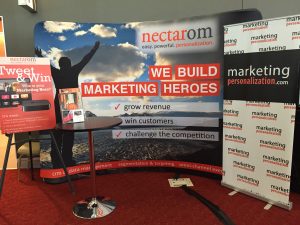
 DDS speakers, regarding trends and forecasts for marketing and data usage. Some of our interviewees include Arnie Kuenn, CEO of Vertical Measures; Robert Richardson, Editorial Director for TechTarget Security Media Group; Jeff Sheehan, President of Sheehan Marketing Strategies; and Steve Hammer, President of RankHammer. Stay tuned for footage from our interviews, which we will post on marketingpersonalization.com next week!
DDS speakers, regarding trends and forecasts for marketing and data usage. Some of our interviewees include Arnie Kuenn, CEO of Vertical Measures; Robert Richardson, Editorial Director for TechTarget Security Media Group; Jeff Sheehan, President of Sheehan Marketing Strategies; and Steve Hammer, President of RankHammer. Stay tuned for footage from our interviews, which we will post on marketingpersonalization.com next week!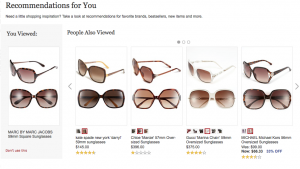

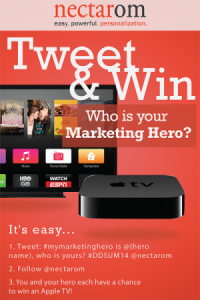
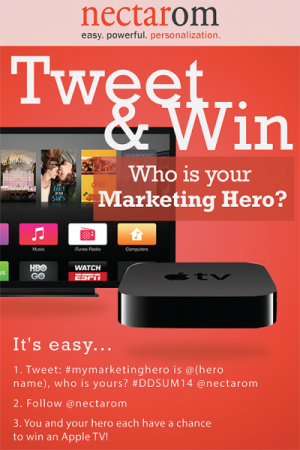


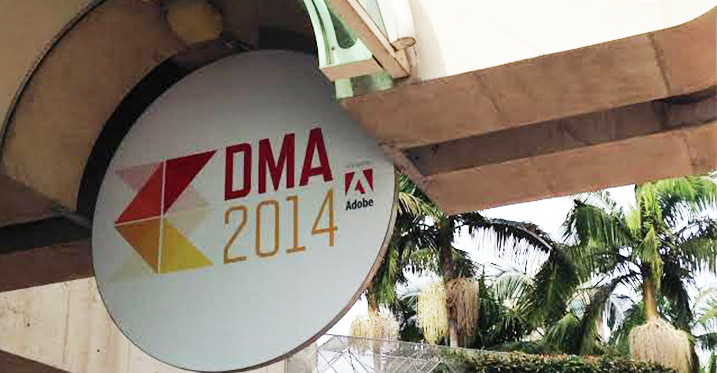


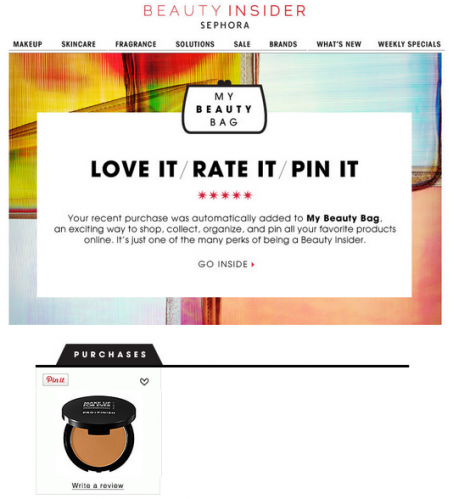 Buy in store, receive an email asking for a review. I recently purchased foundation from Sephora at one of their mall locations and received this email a few days later.
Buy in store, receive an email asking for a review. I recently purchased foundation from Sephora at one of their mall locations and received this email a few days later.
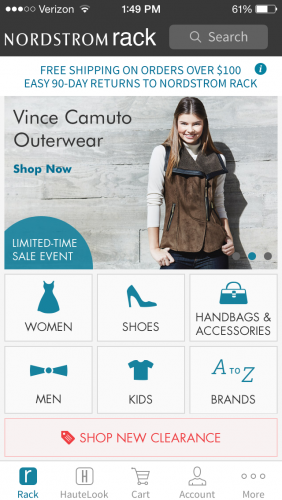
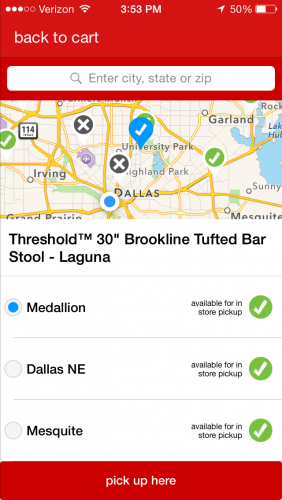 Target’s omnichannel experience consists of ship-to-store, pick-up at store, ship-to-home, an ecommerce website, and a mobile app. Target’s mobile app allows for customers to pinpoint exactly where items are located in the store, down to the precise aisle of where they reside. Other features of the mobile app include adding items to your virtual cart and selecting pick up in store, a map of the store layout, a coupon/savings section, shopping list, registry list, and wish list among others.
Target’s omnichannel experience consists of ship-to-store, pick-up at store, ship-to-home, an ecommerce website, and a mobile app. Target’s mobile app allows for customers to pinpoint exactly where items are located in the store, down to the precise aisle of where they reside. Other features of the mobile app include adding items to your virtual cart and selecting pick up in store, a map of the store layout, a coupon/savings section, shopping list, registry list, and wish list among others.